The Photographic Memory Advantage

Big cats possess one of nature’s most sophisticated memory systems, and it’s not just impressive—it’s essential for survival. Leopards can remember the exact location of a kill they cached three weeks ago, tucked away 20 feet up in an acacia tree. Tigers recall every territorial boundary marker they’ve scent-marked across their 60-square-mile domain. This isn’t casual remembering like where you left your keys. Their memory functions like a GPS system combined with a detailed journal, storing precise coordinates, scent signatures, and timing patterns that would make a computer jealous.
Territory Mapping in Their Minds
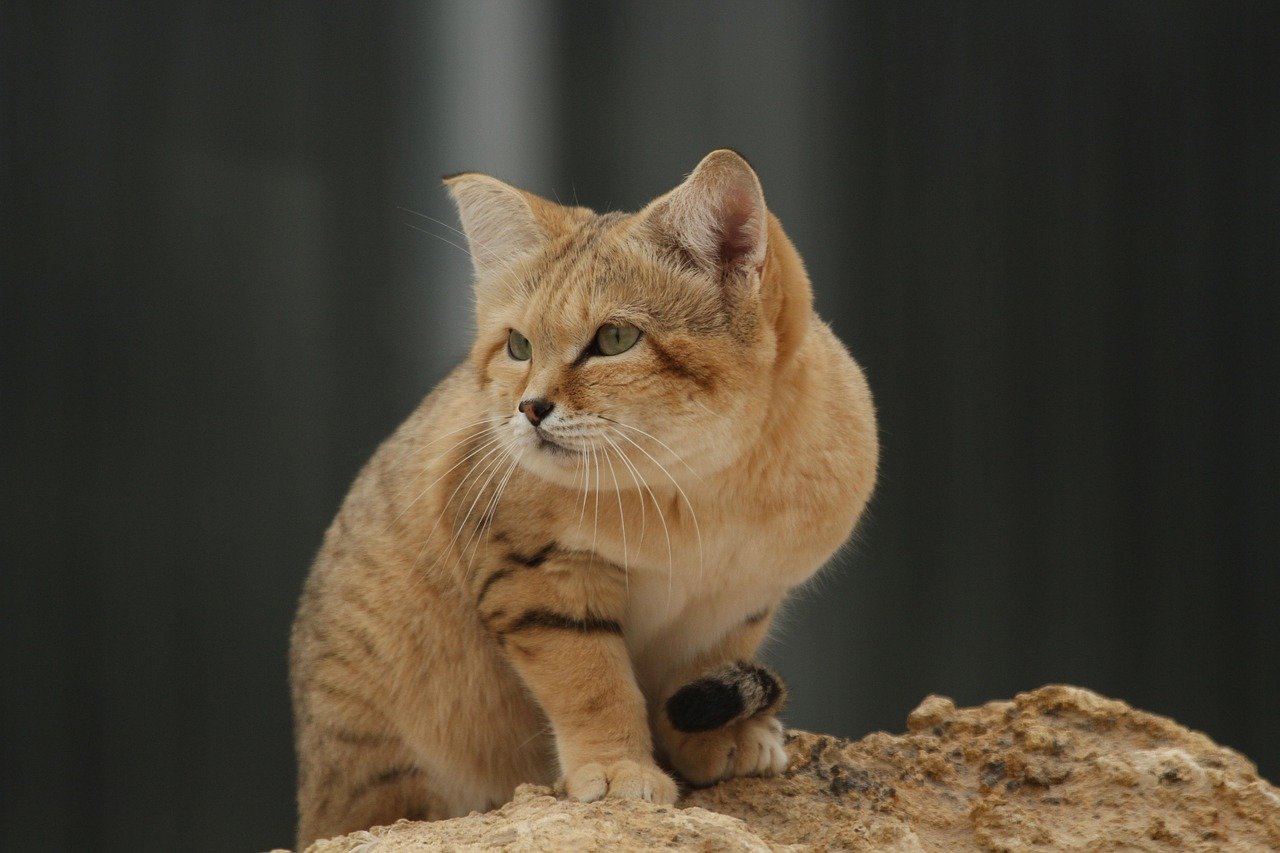
Imagine having a mental map so detailed you could navigate blindfolded through your neighborhood—that’s essentially what big cats carry in their heads. A single leopard maintains mental blueprints of multiple territories, remembering which trees offer the best climbing routes and which rocky outcrops provide perfect ambush spots. Tigers create even more complex mental territories, memorizing water sources that dry up seasonally, paths that flood during monsoons, and the exact timing of prey animal migrations. Research shows they can recall territorial details with 95% accuracy even after months of absence. It’s like having Google Maps permanently downloaded in their brain, except it updates in real-time based on their experiences.
Face Recognition That Puts Facebook to Shame
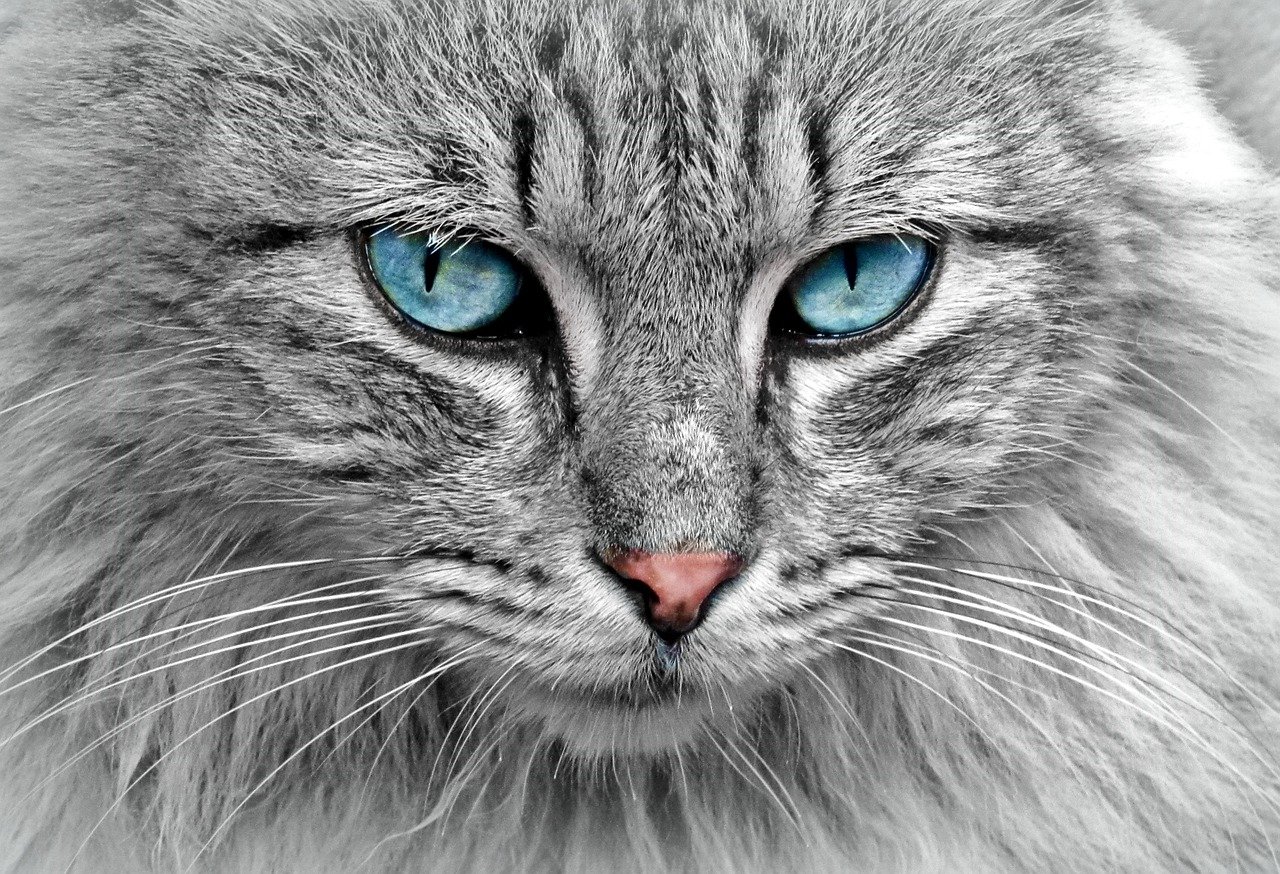
Big cats remember faces with frightening precision, and this skill extends far beyond recognizing their own species. Leopards can distinguish between individual humans they’ve encountered, remembering specific facial features, gaits, and even clothing patterns. Tigers have been observed avoiding certain park rangers while approaching others, based purely on facial recognition from previous encounters. They maintain mental catalogs of competitor cats, prey animals, and potential threats that would rival any law enforcement database. One study documented a leopard correctly identifying a researcher after a two-year gap, proving their facial memory systems operate on timescales that match human capabilities.
The Kill Cache Memory Bank
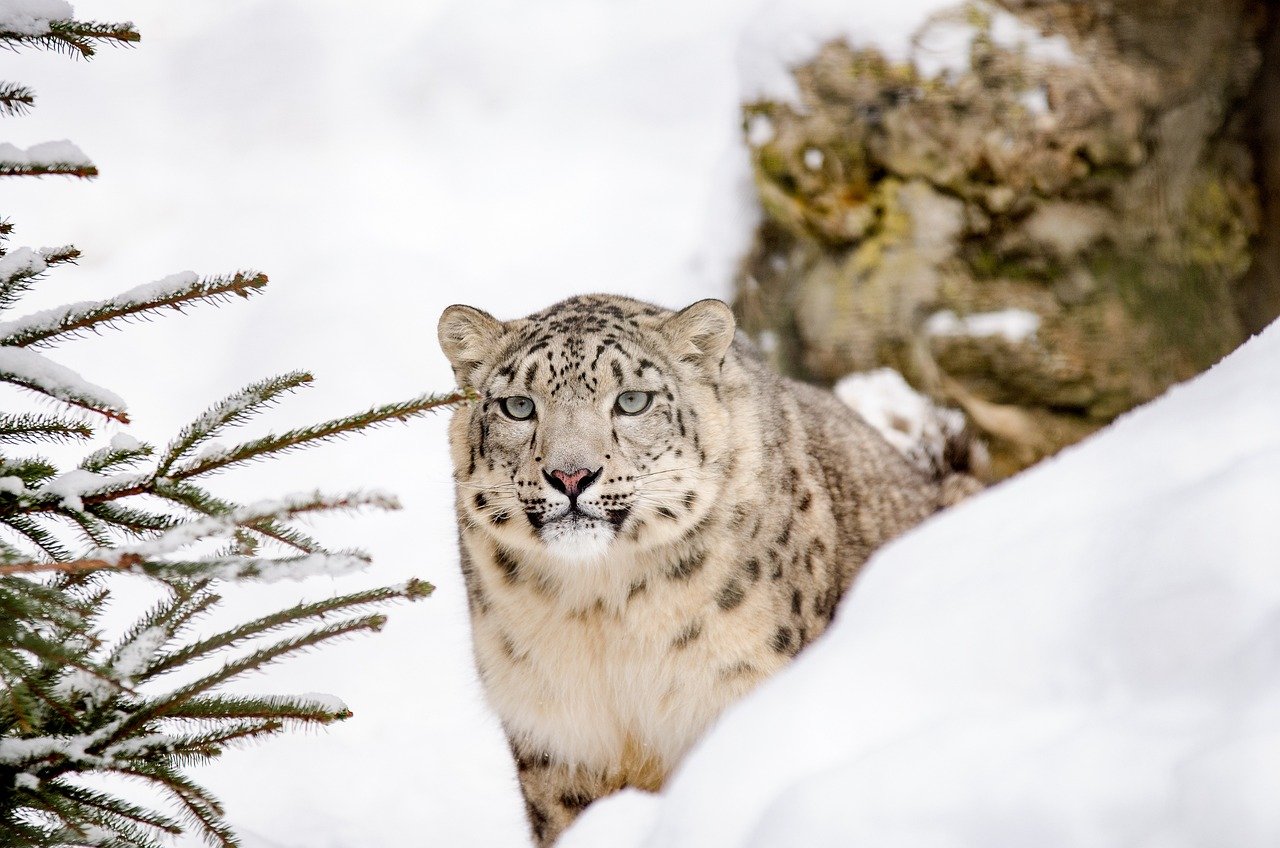
Leopards are the ultimate meal preppers of the cat world, and their food storage memory system is absolutely mind-blowing. They can maintain mental inventories of up to fifteen different cached kills simultaneously, remembering exact GPS coordinates, storage methods, and freshness levels of each stash. Picture trying to remember where you parked your car in fifteen different parking lots, what level each car is on, and how much gas is left in each tank—that’s the equivalent of what leopards do with their food caches. Some leopards have been tracked returning to kills after three weeks, navigating directly to the exact tree where they stored their meal. Their memory even accounts for scavenger activity, allowing them to calculate whether a cached kill is still worth retrieving.
Social Memory Networks
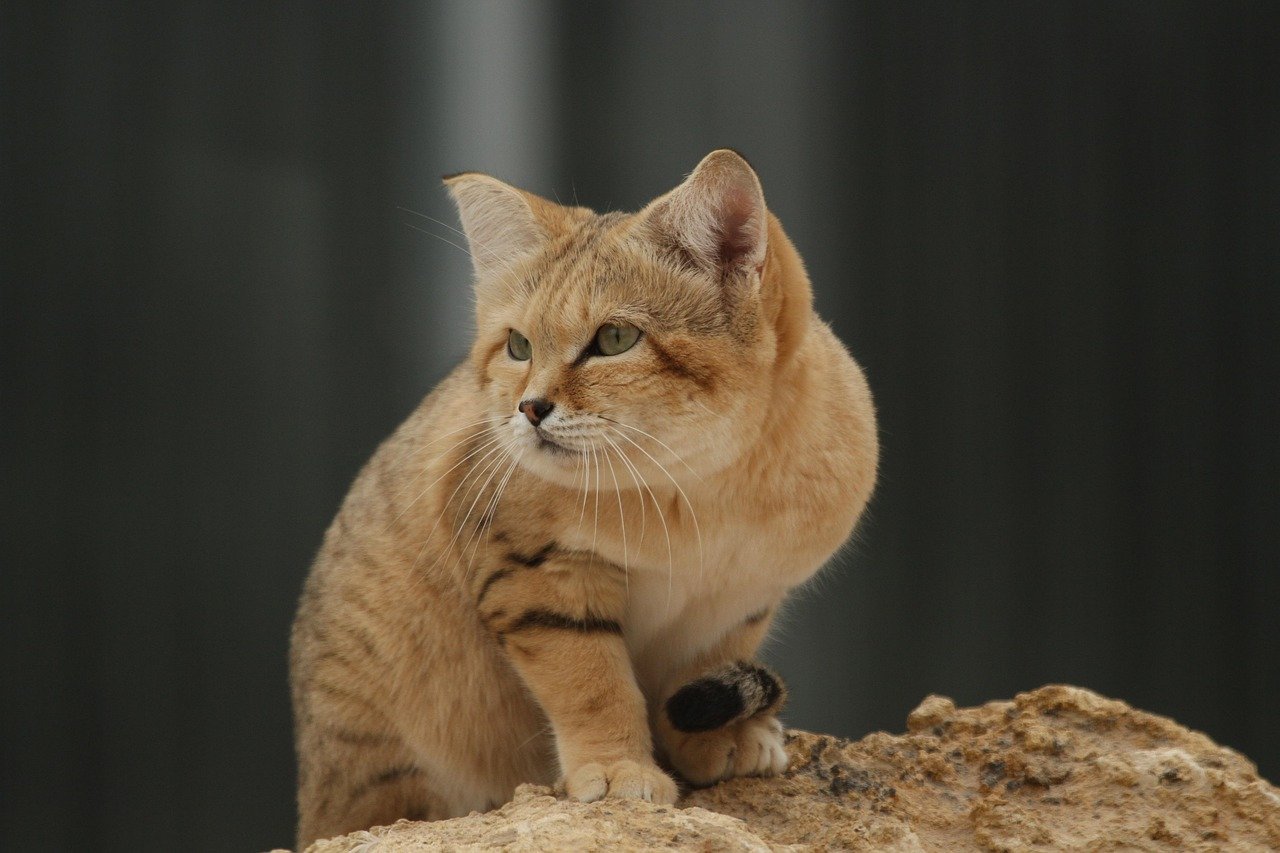
Despite their reputation as solitary hunters, big cats maintain surprisingly complex social memory networks that would impress any social media algorithm. Tigers remember the reproductive cycles of every female in their territory, tracking when each is likely to come into estrus and which cubs belong to which mothers. Leopards maintain detailed mental profiles of neighboring cats, remembering personality traits, hunting styles, and territorial preferences of each individual. They even remember social hierarchies and past conflict outcomes, using this information to avoid unnecessary confrontations. It’s like maintaining a detailed psychological profile database of everyone in your extended neighborhood, complete with behavioral patterns and relationship histories.
Seasonal Pattern Recognition

Big cats operate like living seasonal calendars, with memory systems that track environmental changes across multiple years. Tigers remember which areas flood during monsoon seasons, timing their territorial movements weeks in advance based on weather patterns from previous years. Leopards recall seasonal fruit ripening schedules that attract their prey, positioning themselves near fig trees weeks before the fruit matures. They even remember human seasonal patterns, like when farmers harvest crops or when tourist seasons begin in protected areas. One tiger was observed moving to higher ground three days before a flood that matched the timing of floods from two years prior, demonstrating predictive memory that borders on prophecy.
Scent Memory Libraries

The olfactory memory systems of big cats function like vast chemical libraries, storing thousands of unique scent signatures with perfect recall. Tigers can remember the individual scent of every animal in their territory, distinguishing between healthy and sick prey, identifying which females are approaching estrus, and recognizing the stress chemicals released by frightened animals. Leopards maintain scent memories that span years, allowing them to track the life histories of other cats through chemical signatures alone. They remember not just what animals smell like, but how those scents change with seasons, health conditions, and emotional states. It’s equivalent to having a chemical database that updates constantly and never forgets a single entry.
Prey Behavior Pattern Storage

Big cats are like walking wildlife behavior databases, storing incredibly detailed information about every prey species in their environment. Tigers remember the exact times different deer species come to water, which paths buffalo prefer during different seasons, and how various prey animals respond to different weather conditions. Leopards store behavioral profiles of everything from small antelope to large primates, remembering feeding schedules, social structures, and escape patterns of each species. This behavioral memory allows them to predict animal movements with uncanny accuracy, positioning themselves for successful hunts based on patterns observed over months or years. They essentially become walking encyclopedias of animal behavior, with memory systems that rival the best wildlife researchers.
Multi-Generational Learning Banks

Mother big cats pass down memory information to their cubs in ways that create multi-generational knowledge banks spanning decades. Tiger mothers teach cubs not just hunting techniques, but specific territorial knowledge that includes water sources discovered by previous generations, seasonal patterns observed over multiple years, and behavioral information about local prey populations. Leopard mothers share detailed information about optimal caching trees, safe den sites, and territorial boundaries that have been refined through generations of use. Cubs inherit mental maps and behavioral knowledge that represent decades of accumulated wisdom, creating family memory traditions that span multiple generations.
Emergency Escape Route Memory
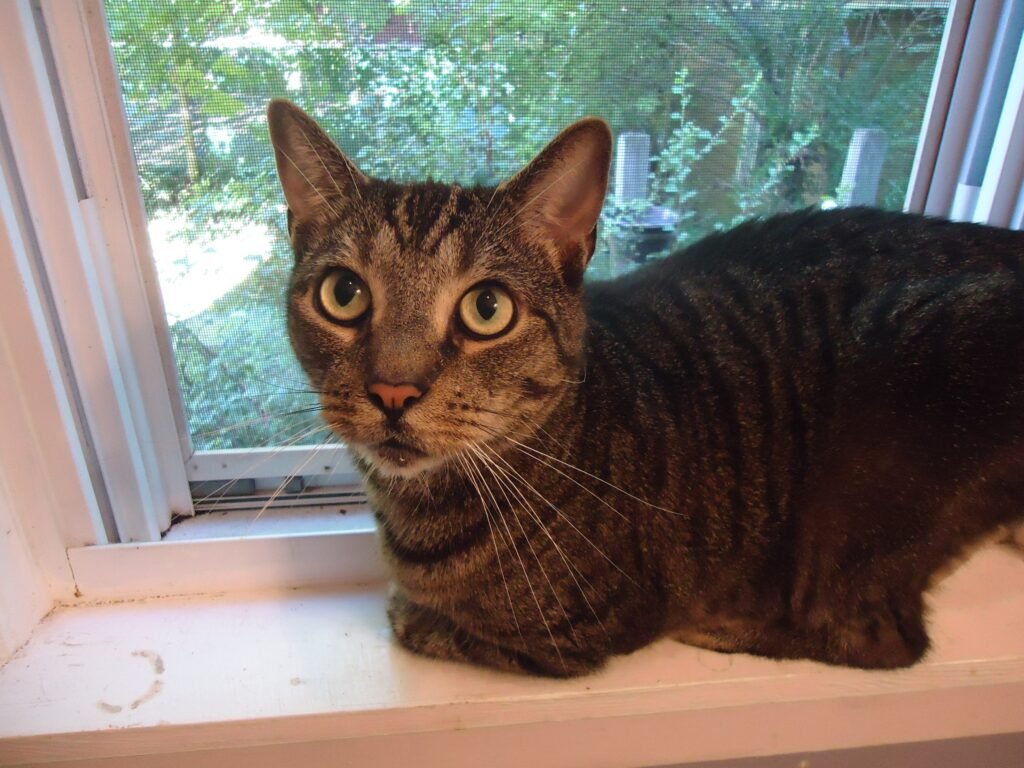
Big cats maintain detailed mental maps of emergency escape routes that could save their lives in dangerous situations. Tigers remember every tree, rock formation, and water crossing that could provide quick escape from threats, storing this information like emergency exit plans in their heads. Leopards map out multiple escape routes from every location they frequent, remembering which trees offer the fastest climbing access and which terrain features provide the best concealment. They update these mental escape maps constantly, testing routes and refining their knowledge based on changing environmental conditions. It’s like having multiple emergency evacuation plans for every location you visit, constantly updated and immediately accessible under stress.
Weather Pattern Memory Systems

Big cats remember weather patterns with the precision of experienced meteorologists, using this information to predict animal behavior and optimize their hunting strategies. Tigers recall how different weather conditions affect prey visibility, remembering that overcast days provide better stalking conditions while bright moonlight improves their night vision advantage. Leopards remember how rainfall patterns affect scent trails, adjusting their hunting techniques based on humidity levels and wind patterns they’ve memorized from previous seasons. They even remember how different weather affects human activity patterns in their territories, using this knowledge to avoid encounters or take advantage of reduced human presence during certain conditions.
Temporal Memory Precision
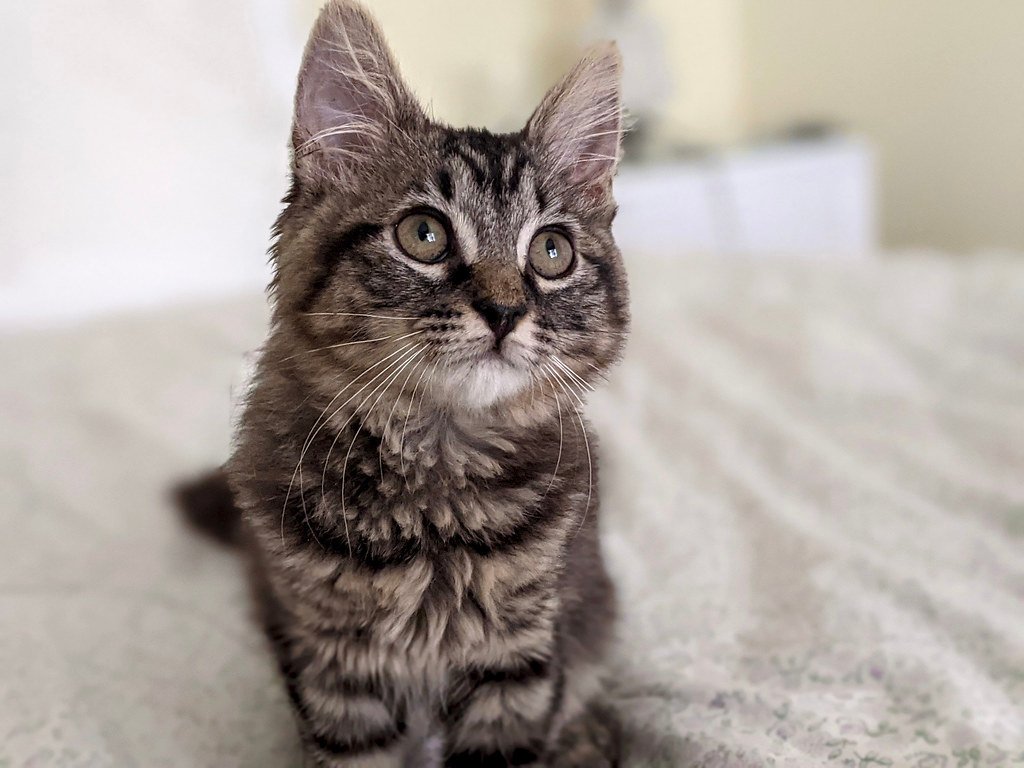
The timing memory of big cats operates with clock-like precision, allowing them to coordinate complex behaviors across extended time periods. Tigers remember not just where prey animals appear, but exactly when they appear, down to specific hours of the day and phases of the moon. Leopards recall the precise timing of territorial patrols by competing cats, scheduling their own movements to avoid conflicts or take advantage of vacant territories. They remember seasonal timing patterns that span multiple years, like the exact week when certain prey species begin migration or when specific water sources begin to dry up. This temporal precision allows them to plan hunting strategies weeks in advance, positioning themselves for success based on remembered timing patterns.
Tool and Technique Memory

Big cats remember and refine hunting techniques with the same precision that craftsmen remember their tools and methods. Tigers recall which hunting approaches work best for different prey species, remembering successful ambush locations and failed attempt details with equal clarity. Leopards remember which techniques work best for different tree climbs, storing information about branch strength, climbing angles, and load-bearing capacities that help them cache kills efficiently. They even remember which vocalizations elicit specific responses from prey animals, using this acoustic memory to manipulate animal behavior during hunts. Each successful technique becomes part of their memory bank, creating an ever-expanding toolkit of hunting strategies.
Cross-Species Intelligence Networks

Big cats maintain memory systems that track the behavior and patterns of other predator species, creating complex intelligence networks that would impress any spy agency. Tigers remember the hunting patterns of leopards, wild dogs, and crocodiles in their territories, using this information to avoid competition and locate scavenging opportunities. Leopards track the movements of hyenas, jackals, and other scavengers, remembering which species are most likely to challenge their cached kills. They even remember the behavioral patterns of bird species that might alert prey to their presence, adjusting their stalking techniques based on avian alarm call patterns they’ve memorized. This inter-species memory network allows them to operate more effectively within complex predator communities.
Human Activity Pattern Recognition

Modern big cats have developed sophisticated memory systems for tracking human activity patterns, adapting their behavior to coexist with increasing human encroachment. Tigers remember the schedules of park rangers, farmers, and tourists, timing their territorial movements to minimize human encounters while maximizing access to prey-rich areas. Leopards recall which human settlements pose threats and which offer opportunities, remembering garbage collection schedules, market days, and agricultural activities that might provide hunting opportunities. They even remember individual human behavior patterns, distinguishing between threatening and non-threatening people based on past encounters. This human-pattern memory has become crucial for big cat survival in increasingly human-dominated landscapes.
The Memory Testing Results

When researchers actually tested big cat memory capabilities under controlled conditions, the results exceeded all expectations and redefined our understanding of animal intelligence. Tigers demonstrated the ability to remember object locations after six-month delays, outperforming many primates in spatial memory tests. Leopards showed perfect recall of sequential feeding patterns after eight-week interruptions, suggesting memory capabilities that rival human performance in similar tasks. The testing revealed that big cats don’t just remember information—they actively organize and categorize their memories, creating mental filing systems that allow rapid recall under pressure. What started as curiosity about animal memory became revelations about cognitive abilities that challenge our assumptions about intelligence in the natural world.
Hi, I’m Bola, a passionate writer and creative strategist with a knack for crafting compelling content that educates, inspires, and connects. Over the years, I’ve honed my skills across various writing fields, including content creation, copywriting, online course development, and video scriptwriting.
When I’m not at my desk, you’ll find me exploring new ideas, reading books, or brainstorming creative ways to solve challenges. I believe that words have the power to transform, and I’m here to help you leverage that power for success.
Thanks for stopping by, Keep coming to this website to checkout new articles form me. You’d always love it!






